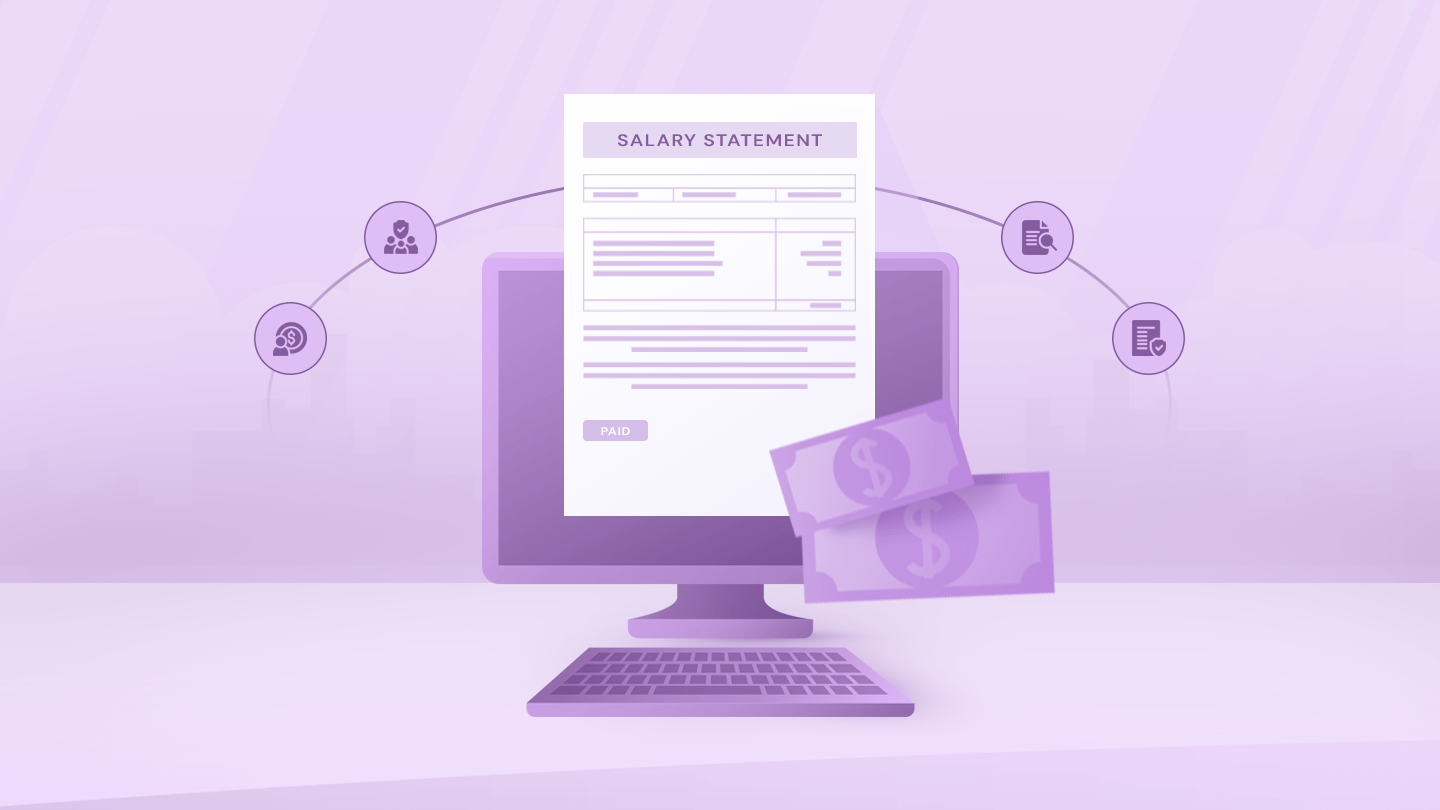Introduction
The COVID-19 pandemic has changed many things, but the most prominent transition has been seen in the workplace. Worldwide businesses adopted to the remote work model in 2020 as a temporary solution, without knowing this will become a paradigm shift, reshaping the definition of a typical working day. According to a study by Statista in 2023, employees working remotely increased “to some 27% in 2022 from just 13% two years prior”. The same study gives another insight stating technology sector has adopted it the most with over 67% of tech employees worldwide working fully or mostly remotely in 2023.
While several companies are confirming on ‘return to the office’ policy, many other looking for leveraging from the ongoing scenario and as a middle ground we have hybrid working mode. A Upwork study projects that 22% of the American workforce will be remote by 2025.
The Psychological Impact of Remote Work
The impact of remote work on an employee is a much-debated topic with several criticism and opinions related to it. For employees, the flexibility of remote work brings improved work-life balance, reduced commuting stress, and increased job satisfaction. A US survey statistic by Owl Labs on remote work shows that “working remotely saves 40 minutes daily on commute”.
A research report of FlexOS named ‘Myths vs. Reality: Remote and Hybrid Managers Report High Productivity and Trust’ tells that 53% of remote workers experienced enhanced work-life balance because of remote work. In addition to that, 66% of hybrid and remote managers declared productivity has boosted with the new working model while 98% of them said they trust their teams to work even on non-office days. However, a few challenges of remote work include isolation, impact on mental health and, in some cases, the line between work and personal life fades away.
Employers, on the other hand, had to re-evaluate management practices and the adoption of new tools and technologies. However, the same report by FlexOS tells contrary to popular belief, 77% of managers find navigating remote and hybrid work easy and over 60% of managers say employee satisfaction and morale have improved.
A report by EY also highlights the similar tone saying 80% of companies report that their employees’ productivity was “somewhat or much higher” during the remote working period and about 28% of leaders feel their employees are equally productive when they work from home rather than in the office.
Benefits of Sustained Remote Work for Employees and Employers
With the flexibility and stress-free environment of home, most workers will choose to work from home over commuting to office. The above-mentioned report by FlexOS also found out that if employees are asked to return to the office full-time, “15% of employees would consider looking for a new job, and 59% would return if needed. Only 26% would happily return to the office.”
By offering WFH a company can ensure that the worker gets autonomy to create a personalised work environment and reduced commuting time. It is proven to be a great tool to retain existing employees while pulling top talents around the globe.
The employers are also seeing remote work as an opportunity to be cost effective. For example, a London law firm offered staff the option to work from home permanently, with a 20% less salary and this is not an exceptional example, previously even Google declared that employees choosing to work remotely permanently will face pay cuts ranging from 5% to 25% depending on their location.
This might seem to discourage employees from choosing remote work, but the number says a different story. USA Today Blueprint – Remote working statistics survey tells us 42% of office workers would take a 10% pay cut to have the flexibility to work remote.
Even a survey by Global Workplace Analytics disclose that an employer can save an estimated $11,000 per year for each employee who works remotely half the time.
Future Trends in Workspace Design and Management
Offices are hubs for collaboration and innovation, while remote work is a viable option for many. Even though there are several challenges attached to it, large companies are navigating through it to access the global talent pool and retain their star employees.
One such organisation is Microsoft who welcomed the hybrid workplace model allowing flexibility in when and where the employees work. On the other hand, Salesforce has adopted a “Flex Team Agreement” model, that enables teams to decide how, when, and where they work, including the number of days they come into the office. Spotify also follows the path with their “Work From Anywhere” program, where employees select whether they want to work from office, home or a mix of both.
Conclusion
Remote work, once a novelty has become part of our life now and all the statistics show that it is here to stay. It not just offers employees flexibility but also allows companies to reduce cost, access worldwide global talent pool and increase employee retention rate. As the large organisations and international businesses are embracing remote work, and technology evolving with more innovative approaches, remote work is becoming one of the most important tools of modern work culture.






